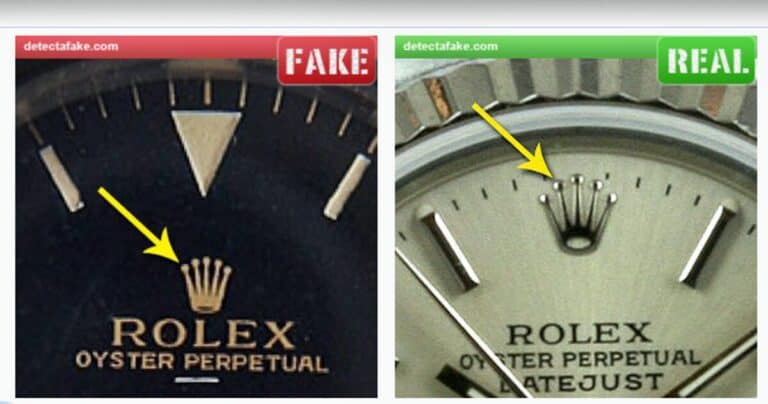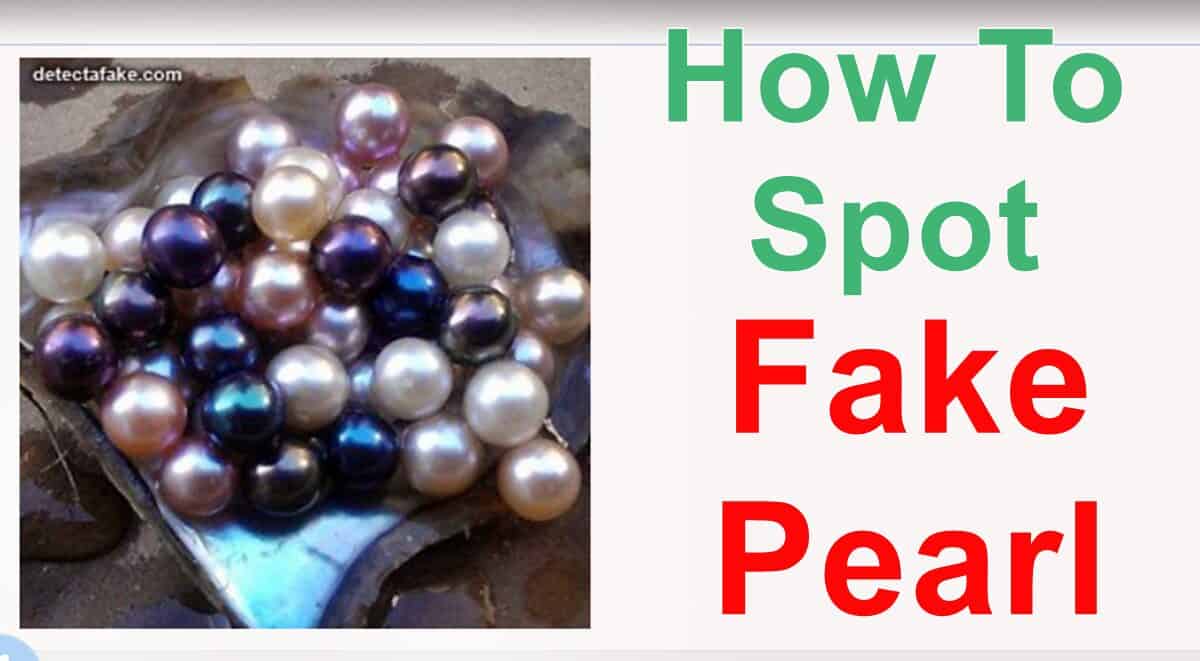How to detect fake Pearls
| Step | Test | Authenticity Indication |
|---|---|---|
| 1 | Shape Inspection | Real pearls are not perfectly round, may roll erratically |
| 2 | Teeth Test | Gritty sensation indicates real pearls |
| 3 | Rubbing Test | Real pearls feel gritty when rubbed together |
| 4 | Sunlight Examination | Natural color variations indicate real pearls |
| 5 | Temperature Check | Initial coldness, then warming, indicates real pearls |
How to detect fake Pearls:
In the realm of jewelry, pearls stand out as timeless symbols of elegance and refinement. Real pearls, formed naturally within mollusks, possess an unparalleled beauty and rarity that captivates enthusiasts. However, distinguishing between real and imitation pearls can be challenging. Fear not, as we unveil practical tests to authenticate these precious gems without delving into complex jargon.
Step 1: Shape Inspection
The first clue lies in the shape. Authentic pearls aren’t flawlessly round like their manufactured counterparts. Take a moment to roll individual pearls. If they display smooth, consistent movement, scepticism arises. Authentic pearls roll with an unpredictable and erratic speed, a testament to their natural origin. When examining a necklace, observe the size variations among pearls, as uniformity is a telltale sign of artificiality.
Step 2: Teeth Test
For a tactile assessment, gently rub the pearls against your teeth. True pearls impart a distinctive gritty sensation, an unmistakable sign of their authenticity. Conversely, if the texture feels unnaturally smooth, the pearls likely belong to the imitation category.
Step 3: Rubbing Test
Akin to the teeth test, rubbing pearls against each other serves as another validation method. Real pearls manifest a gritty feel during this interaction, while fake ones retain a smooth texture. These subtle distinctions can be the key to unraveling the authenticity puzzle.
Step 4: Sunlight Examination

Nature provides a reliable ally in the form of sunlight. Take your pearls into direct sunlight and observe the mesmerizing dance of colors. Authentic pearls exhibit subtle color variations, creating a dynamic display as you move them. This vibrant spectacle is a testament to their genuine nature.
Step 5: Temperature Check
A final test involves the temperature of the pearls. Genuine pearls convey a momentary coolness upon contact, swiftly adapting to your skin’s warmth. Plastic imitations, on the other hand, mirror room temperature, lacking the refreshing chill of authentic pearls. Glass bead replicas may be cool initially but take longer to warm up.
FAQs:
Can cultured pearls pass these authenticity tests?
- Cultured pearls can share some characteristics with real pearls, but certain distinctions exist. The tests may still be applied, but results can vary.
Do different types of mollusks produce different pearls?
- Absolutely. Various mollusk species yield pearls, each with its unique characteristics. For instance, freshwater and saltwater pearls differ in appearance and authenticity cues.
Can imitation pearls replicate the sun and temperature tests?
- Imitation pearls may struggle to mimic the nuanced color shifts in sunlight, and their temperature behavior often differs from that of genuine pearls.
Are these tests foolproof in all cases?
- While these tests provide strong indicators, consulting with a professional jeweler for a comprehensive evaluation is advisable, especially for high-value pearls.
Do all authentic pearls exhibit noticeable color variations?
- While most authentic pearls display subtle color differences, some may have more uniform tones. The sunlight test remains valuable for such cases.
Conclusion:
Armed with these straightforward tests, you can now confidently discern between real pearls and their synthetic counterparts. Embrace the allure of genuine pearls, appreciating their rarity and timeless beauty. When in doubt, consult with a knowledgeable jeweler to ensure the authenticity of these treasures.



How To Check if iPhone 15 Pro Max is ORIGINAL or FAKE with Screenshots
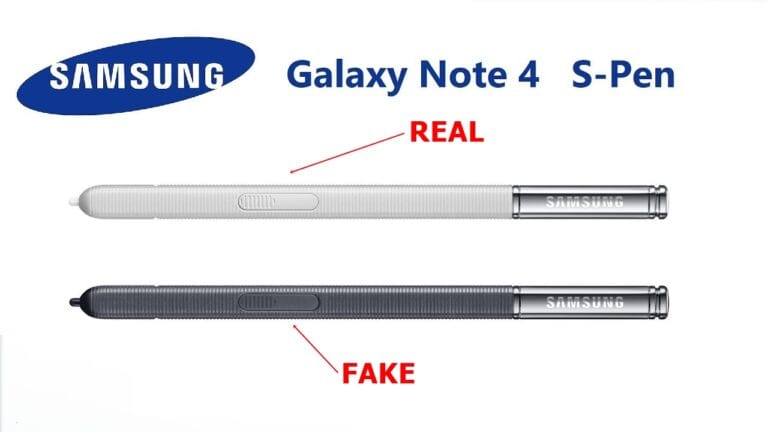
How can I tell if my S Pen is a real Samsung S Pen and not a fake?
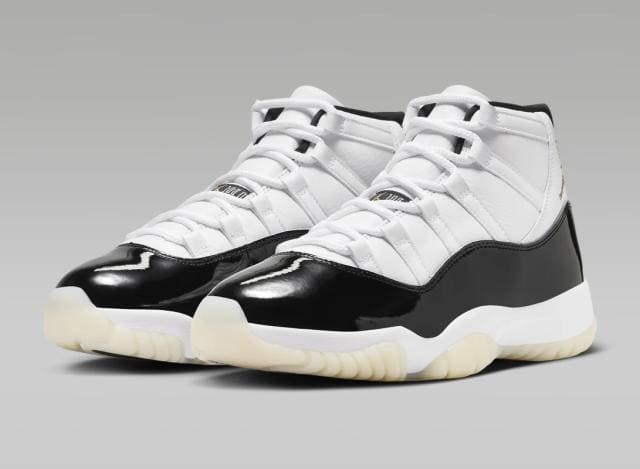

An Agreement to Include Generative AI in iPhones Is Being Discussed Between Apple and Google

Keep quiet! Please remain silent when receiving the Mega Millions jackpot. Now, complete this.


Looking for a job in the US? Move to These Cities where Employment is Booming

Samsung Ballie, its Pokemon Style home robot, Announced with a few upgrades at CES 2024

Apple Vision Pro: company’s stock surged on Monday, marking its first day gain of 2024 shares.

Stress Less and Earn More: These are the low-stress occupations for you in 2024

How to detect fake BOSE Headphones | How to Spot a Fake Bose Headphone
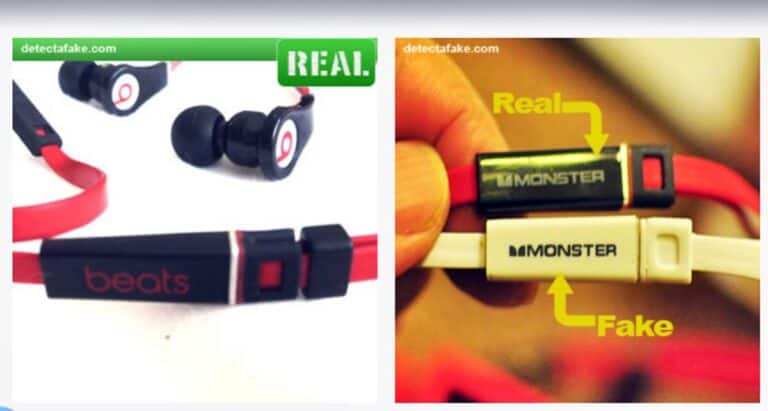
How to detect fake Beats by Dr Dre Earbuds | 4 Ways to Tell if Beats Are Fake

How to detect fake 50 dollar Bills | How to Detect Counterfeit US Money


How to detect fake Samsung Galaxy S5 | How to recognize a real Samsung Galaxy S5

How to detect fake Samsung Galaxy Note 4 | How to recognize a real Samsung Galaxy Note 4


How to detect fake Apple iPhone 6 & 6s | Fake iPhone 6S- How To Identify?
